What We Write About When We Write About Writers
Novels about writing groups, literary movements, and secret artistic societies
[One note before the post: It is opening day for the MLB, which means I should plug my science fiction baseball novel, The Body Scout. And I’ll add: let’s go Mets!]
This week, I did one of my favorite (if all too rare) afternoon activities: walk into a bookstore, buy a little translated novella I know nothing about, and read it in a day. The last part isn’t too impressive. This particular book, A Brief History of Portable Literature by Enrique Vila-Matas (translated by Thomas Bunstead and Anne McLean), is under 90 pages.
Portable Literature is a fun read that imagines a secret society of European artists and authors—the “Shandies” after Tristram Shandy—who are dedicated to “portable literature.” The novel gives us fictionalized versions of Walter Benjamin, Marcel Duchamp, Aleister Crowley, Georgia O’Keefe, Federico García Lorca, and many others. There are submarine adventures, weird occult clubs, and suicide hotels as well as discussions of the meaning of writing, reading, and art. I quite enjoyed it. The novel also got me thinking about a peculiar sub-subgenre of literature: novels about groups of writers.
I have to admit I have some self-interest in this topic as my forthcoming novel Metallic Realms—out in May!—centers on a group of writers. In my case, the collective isn't composed of famous historical figures. Quite the opposite. The novel is about some struggling, and largely unpublished, science fiction writers called the Orb 4. Part of the joke of the novel is that the narrator is an obsessive fan of their stories even though the rest of the world doesn’t care. I didn’t set out to write a novel that was consciously in conversation with “writing group novels” or “literary movement novels,” but reading the Vila-Matas made me wonder what others exist.
One obvious entry to this genre is The Savage Detectives by Roberto Bolaño. That novel follows a group of young Latin American writers in Mexico called the “Visceral Realists.” That novel’s English translation came out in 2007, right when I was starting to take writing seriously as a career. As far as translated literature goes, The Savage Detectives was a huge hit. I’ve always thought a great appeal of the book for me and my friends was the way Bolaño makes literature feel not just interesting but important. The important thing. Literature is life for Bolaño’s characters. Most of Bolaño’s great works—The Savage Detectives, 2666, Distant Star, Nazi Literature in the Americas, etc.—feature groups of writers, quests to track down mysterious authors, and/or a sense that literature is connected to everything both good and bad in life.
It’s easy to see why this was a powerful draw for young writers trying to take literature seriously in a country that dismisses it. Even in MFA programs, the idea that fiction itself is a vital subject for fiction is something of a joke. Writing about writing is “navel-gazing” and “a turn off for readers” in a country where most people don’t read to begin with. (The recent trend of “autofiction” has shifted this somewhat, although even there American autofiction writers often seem more comfortable talking about everything else from their life.) Because of this, many Americans who want to write about writing have to mask it with another artform. The blank page becomes the blank canvas. The struggles of revision become the frustrations of editing a film. Etc. Or perhaps the writer figure becomes an athlete or an ad executive or something more acceptable for American readers. Write what you know. But pretend what you know is something else.
This attitude has always struck me as a little odd given that Stephen King has been more or less the most popular American author of the last half-century and damn near half of his protagonists is a writer. But perhaps King gets away with it since readers enjoy reading about writers only when they are getting tortured. And anyway, King became famous when novelists commanded a more central place in the culture than they do now. As much as I want to stand up and argue for a United States Bolaño, perhaps our culture can’t support that. The idea of right-wing American figures being aspiring poets—such as the central character in Distant Star—doesn’t compute. It’s hard to imagine members of the current administration even reading poetry, much less caring about writing it.
Almost all of the literary movement novels I can find are by authors from outside the United States. Bolaño (Chilean who spent most of his career in Spain) and Vila-Matas (Spanish) have multiple books that fit. Argentine genius Julio Cortázar’s Hopscotch involves an artistic group called “the Club.” British autofiction novelist Rachel Cusk’s works are often set among artists and writers, such as Outline whose narrator is teaching a writing workshop in Greece. British novelist China Miéville’s The Last Days of New Paris is set among Surrealists in France. Japanese novelist Osamu Dazai’s works often involve writers. Argentine Pola Oloixarac’s Mona is set at a Swedish writing award retreat with writers from around the world. Two Italian novels that deal with writers and secret societies or conspiracies: Umberto Eco’s Foucault’s Pendulum and Italo Calvino’s If on a winter’s night a traveler. Argentine Jorge Luis Borges has stories one could list such as his legendary “Tlön, Uqbar, Orbis Tertius.” Mexican author Christina Rivera Garza’s brand new novel, Death Takes Me, has been compared to 2666 with its combination of murder and poetry obsession. (I have to credit many of these books to suggestions by friends on BlueSky.)
It strikes me that many authors listed are from countries who experienced fascist or authoritarian governments that censored their writers. Perhaps that’s a reason why the subject of literature and the idea of secret literary groups feels more vital in those countries than in the United States where, despite our many flaws, the government has not been as censorious of literature. At least historically…
What about the United States? One exception to this no-American rule is The Night Ocean by Paul La Farge, which deals with H.P. Lovecraft and followers. I remember enjoying Don Carpenter’s Friday’s at Enrico’s, which isn’t about a literary movement but does follow the lives of four aspiring writer friends. Many quasi-exceptions are books by Americans set in other parts of the world, such as Hemingway’s A Movable Feast (a memoir not a novel) or Ben Lerner’s first and best novel, Leaving the Atocha Station, based on his time as a Fulbright scholar in Spain. There is also Ed Park’s recent and excellent novel Same Bed Different Dreams, which includes authors involved in secret movements in Korea. (Read my interview with Ed Park here.)
I’m probably overstating the case a bit. There are many American novels set in America about being a writer if not exactly about groups of writers, secret societies, and literary movements. The United States has a great tradition of publishing world satires such as Percival Everett’s Erasure, RF Kuang’s Yellowface, Jean Hanff Korelitz’s The Plot, and Zakiya Dalila Harris’s The Other Black Girl. Julia Bartz’s The Writing Retreat is, well, set at a writing retreat. Peter Straub’s Ghost Story involves a group telling, yes, ghost stories. There is also the subgenre of campus novels, which sometimes are set among creative writers such as Michael Chabon’s Wonder Boys.
It strikes me though that these American novels nearly all take a satirical and ironic approach to the subject. They are satires about the ridiculousness of writers and publishing without Bolañoesque sincerity. Often the writer characters are frauds (e.g., Yellowface) or at least feel fraudulent (e.g., Leaving the Atocha Station). Maybe we Americans can only take literature seriously if we wink as we weep.
In some ways, Metallic Realms is my attempt to bridge these tendencies. I am both American and someone whose formative years were spent obsessively reading translated writers like Borges and Calvino. Metallic Realms is a comic novel with a buffoonish narrator and a group of bumbling science fiction writers. At the same time, it is an ode to the writing life, literary friendships, and the meaning of art in a crumbling world. I suppose the book was born from my contrarian nature. When I hear people tell me I shouldn’t write about writers, I think, Oh yeah, then I’ll write a book that’s entirely about writers! Take that!
If you’re the kind of reader who doesn’t mind reading about writing, well, I hope you will consider checking out Metallic Realms when it is published in May. I suppose I should also say here that the novel recently got a starred review from Publishers Weekly to add to the raves from Booklist, Esquire, and The Speculative Shelf. (Listen, I gotta be in book promotion mode for the next two months.)
My contrarian nature also makes me think it would be interesting to teach an entire creative writing course about writing about writers. A mix of autofiction, novels about historical art movements, satires of publishing, and novels about invented groups. Hell, I suppose I’ve got a syllabus to cull from in this post. I’m sure I missed countless books though and I’m always looking for more. Please feel free to suggest what I’ve missed in the comments.
If you enjoy this newsletter, consider subscribing or checking out my recent science fiction novel The Body Scout—which The New York Times called “Timeless and original…a wild ride, sad and funny, surreal and intelligent”—or preorder my forthcoming weird-satirical-science-autofiction novel Metallic Realms.


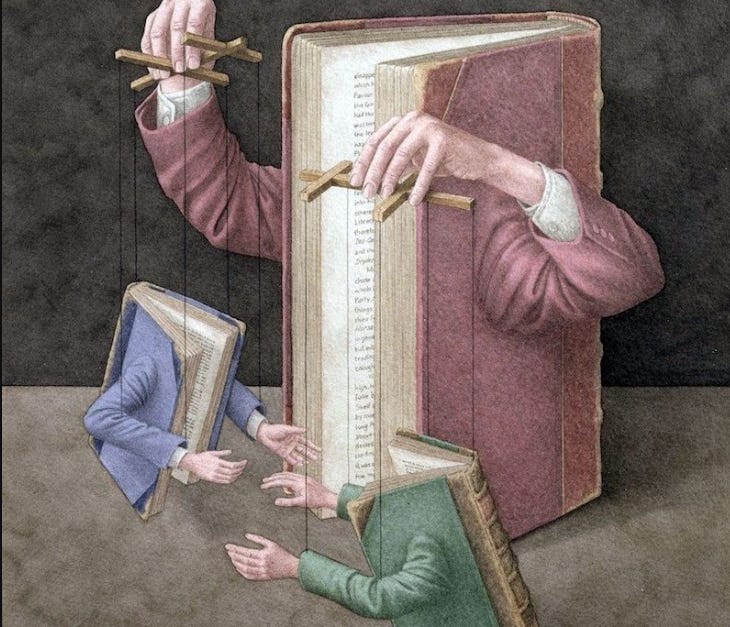
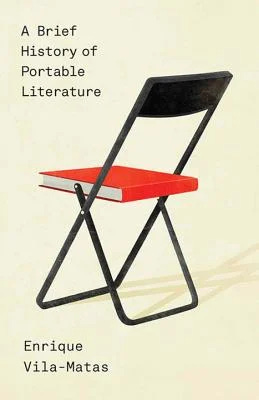
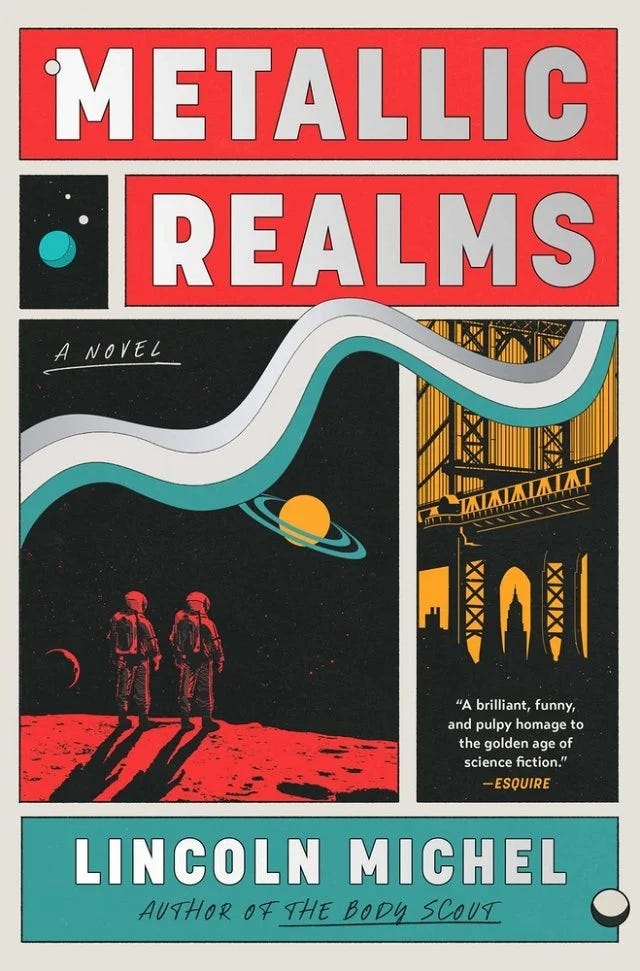
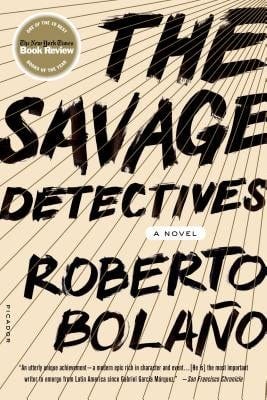
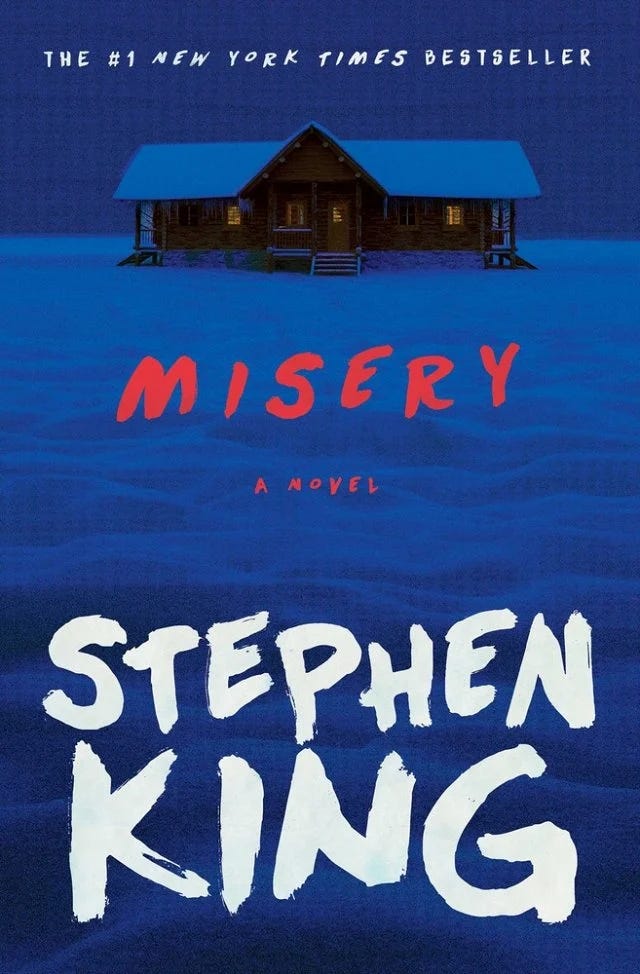
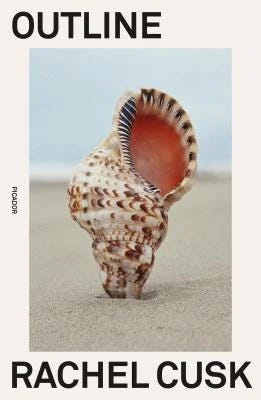
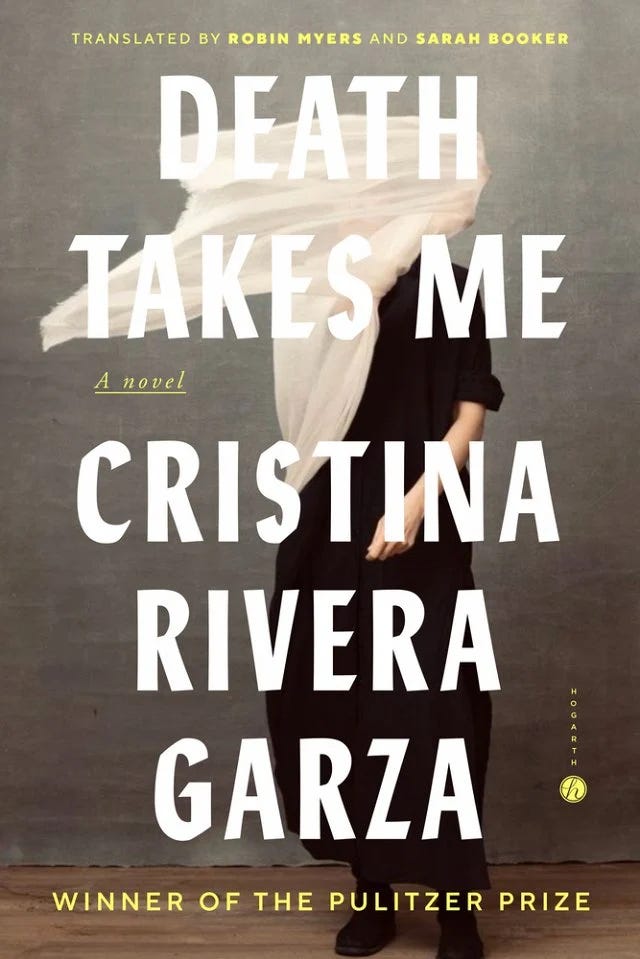
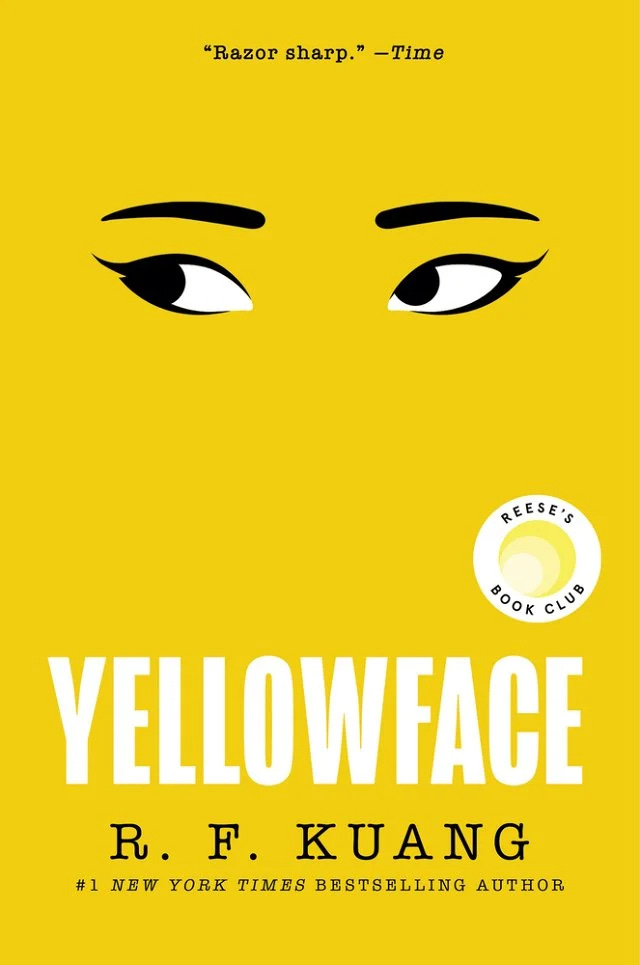
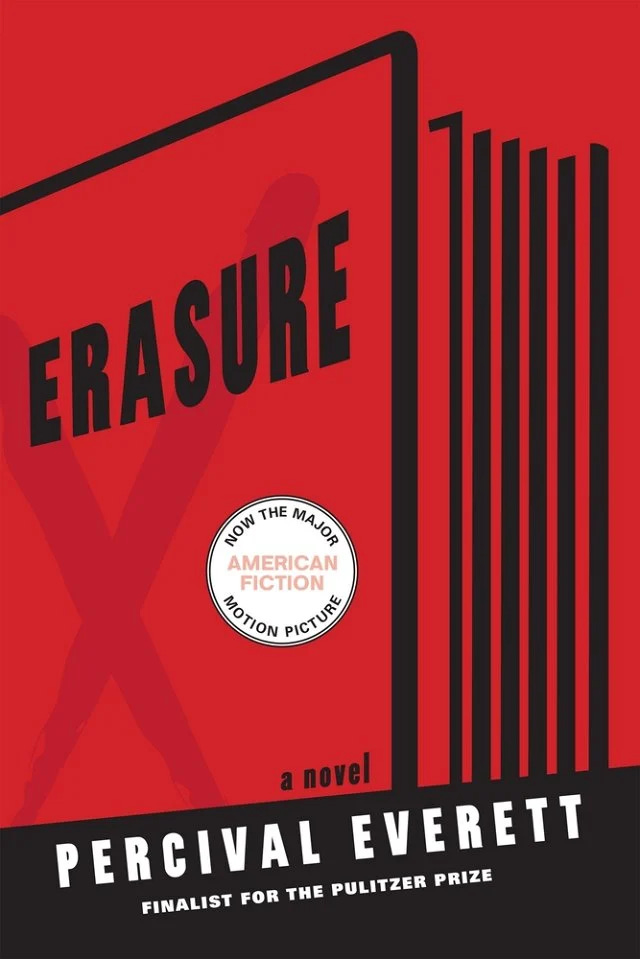

I haven’t read it yet, but Jennifer Croft’s The Extinction of Irena Rey is set amongst a group of translators assembled to translate a novel. I have no idea to what extent it focuses on their work, but it seems relevant enough to mention. It’s particularly notable that Croft herself is a translator who lived abroad for a significant period.
This week, I did one of my favorite (if all too rare) afternoon activities: walk into a bookstore, buy a little translated novella I know nothing about, and read it in a day.”
Also one of my favorite activities!